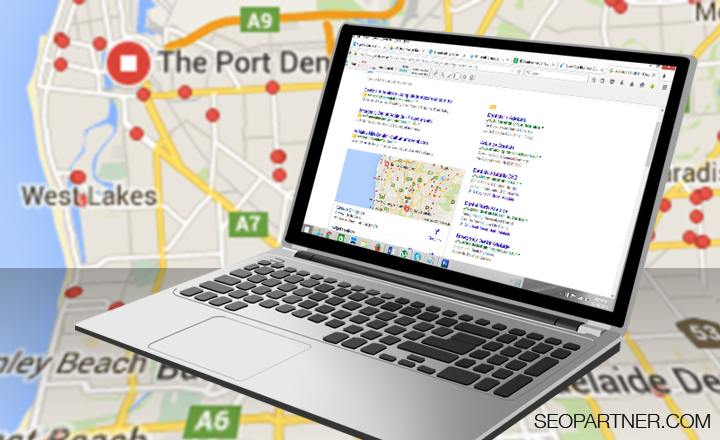Source: http://searchengineland.com/4-effective-local-positioning-strategies-youre-overlooking-249157
The leading concept behind inbound marketing is to be able to get in front of your customers every time they want to interact with your brand – whenever, wherever and however they decide. This is why we as SEOs know that having the right content in the right place, at the right time is vital to elevate search positioning and increase a local business’s conversions.
The idea that content is key is not new when it comes to increasing local search visibility, however, strategies in determining exactly what kind of content your audience is seeking is constantly being discovered. To help you obtain insight into what your audiences are searching on and interested in, here are four often-overlooked strategies that can help:
- Competitor research
- Undertaking competitor analysis can help your understand and pinpoint where your local competitors are having strong presence, thus allowing you to compete with them on local industry-related sites that you may have missed. This also allows you to utilize SEO techniques that haven’t been deployed or are not being used correctly by your competitor.
- Content personalization
- Content personalization is one of the main techniques that engages audiences. Executing proper marketing based on geographical location is a huge plus. This can help you keep your visitors on the site longer hence minimizing bounce rate.
- Identifying and pursuing low-hanging fruit
- Investigating and identifying opportunities within the local digital landscape and executing on those opportunities can help you drive excellent results over time in local listing positioning even though your local business is not currently ranking well in search.
- Native advertising
- Utilizing native advertising can help you understand what content the audience will most likely to respond in a positive manner. This can help your figure out what content converts users in a “native/most organic” setting where we pay for placements to determine engagement on specific content and copy.
You will need to figure out what type of content and language converts users within a specific area and utilize the higher-converting copy in ways that can increase search engine visibility.


